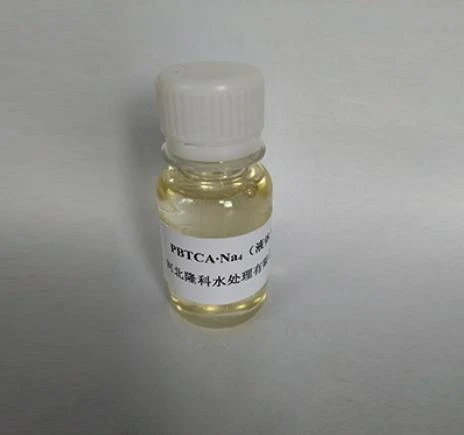what is poly aluminum chloride
What is Poly Aluminum Chloride?
Poly Aluminum Chloride (PAC) is a type of inorganic polymer that has garnered significant attention in various industrial and municipal applications, especially in water treatment processes. As a coagulant, it plays an important role in clarifying water by promoting the aggregation of particles, which can then be removed efficiently. Understanding PAC—its composition, properties, and applications—can provide valuable insights into its significance in modern water treatment and other industries.
Composition and Properties
Poly Aluminum Chloride is synthesized by combining aluminum hydroxide and hydrochloric acid, resulting in a product that contains aluminum and chlorine in a polymerized form. This polymerization process enhances the coagulant’s effectiveness compared to traditional aluminum-based coagulants like aluminum sulfate, often referred to as alum.
PAC typically appears as a yellowish-white solid or a colorless to light-yellow liquid, depending on the concentration and formulation. It is known for its high solubility in water, which makes it a versatile choice for different water treatment applications. One of the distinctive characteristics of PAC is its adjustable basicity, which is the ratio of the hydroxyl ions (OH-) to aluminum ions (Al3+) in the formulation. This flexibility allows for tailoring the product to meet specific treatment requirements.
Mechanism of Action
The mechanism by which PAC functions as a coagulant involves a series of chemical reactions that promote particle agglomeration. When PAC is added to water, it ionizes, releasing aluminum ions and forming large, charged polymeric species. These species can neutralize the charges of suspended particles, allowing them to come together and form larger aggregates, or flocs. Once these flocs are formed, they can be easily removed through sedimentation or filtration processes.
This efficient coagulation mechanism is notable because PAC can operate effectively across a variety of pH levels and turbidity conditions. This adaptability makes it suitable for treating different sources of water, including surface water from lakes and rivers, as well as industrial wastewater.
what is poly aluminum chloride

Applications
The most prominent application of Poly Aluminum Chloride is in the field of water treatment. Municipal water treatment facilities often use PAC as a primary coagulant to produce safe drinking water by removing contaminants such as bacteria, viruses, and inorganic particles. Its high efficiency in lowering turbidity levels makes it a preferred choice in this domain.
In addition to municipal uses, PAC is also widely employed in industrial processes, including paper manufacturing, dyeing, and textile processing. In these industries, it serves not only as a coagulant but also as a flocculant, aiding in the removal of suspended solids from wastewater. Furthermore, PAC finds applications in oil refining and as a micro-flocculant in the production of various materials.
Another key area where PAC is making strides is in the realm of agriculture. It can be utilized as a soil conditioner to improve the quality of water for irrigation, enhancing soil fertility and plant growth. Its ability to flocculate sediments in agricultural runoff also contributes to improving water quality in adjacent ecosystems.
Environmental Impact
While PAC is effective in water treatment, its environmental impact is a consideration. Fortunately, compared to traditional coagulants, PAC typically produces less sludge, which translates to lower disposal costs and reduced environmental burden. However, careful monitoring and management of its use are essential to prevent excessive aluminum concentrations from adversely affecting aquatic ecosystems.
Conclusion
In summary, Poly Aluminum Chloride is an essential and versatile coagulant used in various applications, from municipal water treatment to industrial processes and agriculture. Its efficiency, adaptability, and lower environmental impact compared to traditional coagulants highlight its importance in managing water quality. As industries continue to prioritize sustainable practices, PAC will likely remain a key component in efforts to ensure safe and clean water for communities worldwide. Understanding this compound and its applications can help professionals in environmental science, engineering, and industry make informed decisions that contribute to public health and ecological preservation.
-
Pbtc Scale InhibitorPBTC: A Scale Protector for Industrial Water TreatmentNewsAug.05,2025
-
Organic Phosphonate: An Efficient Defender in the Field of Scale InhibitionNewsAug.05,2025
-
Hydrolyzed Polymaleic Anhydride: Green Pioneer in Scale Inhibition FieldNewsAug.05,2025
-
PAPEMP Polyamino Polyether Methylene Phosphonic Acid For SaleNewsAug.05,2025
-
Flocculant Water Treatment: A Pioneer in Purification in the Field of Water TreatmentNewsAug.05,2025
-
Benzyl Isothiazolinone: An Efficient and Broad-Spectrum Antibacterial Protective GuardNewsAug.05,2025





